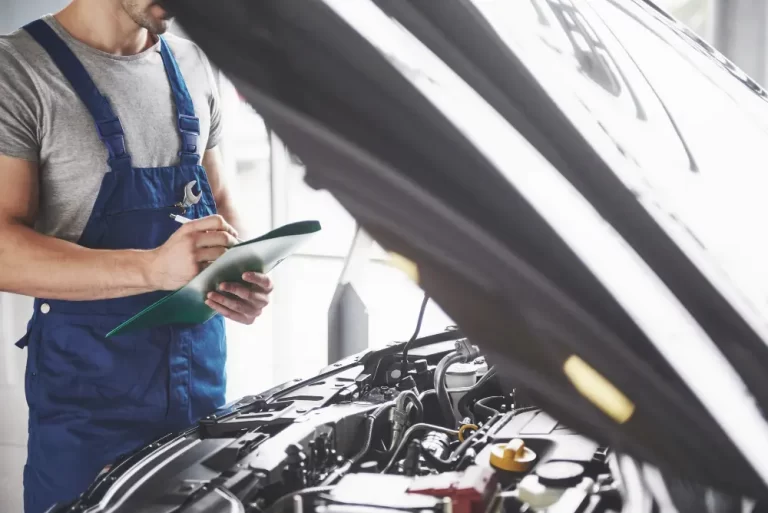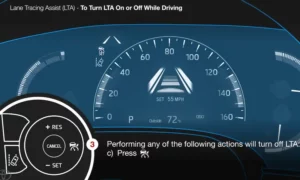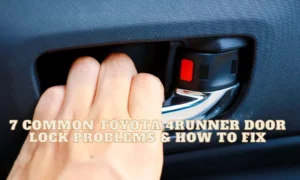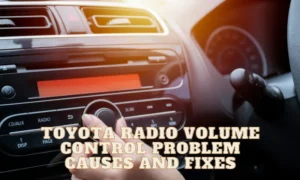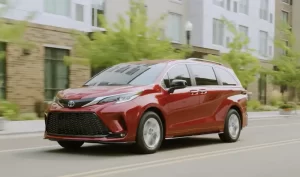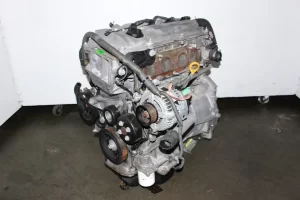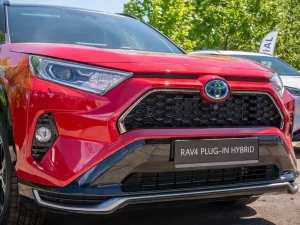Resetting your Toyota’s ECU might improve some tech or computer issues that your vehicle may have been experiencing.
To reset your ECU, disconnect the negative terminal from the battery and wait 15 to 25 minutes. Then plug it in again and then turn on your engine.
How to reset an ECU
So your check engine light has been flashing for the past few weeks and you do not know what’s wrong. Or maybe your engine just randomly turns off for no reason.
In certain dangerous cases, the ECU could overheat, which would cause your engine to overheat as well. You may even smell burning smoke coming from your engine.

If you don’t have time to visit a mechanic, then you can try resetting your own ECU and see if the problem goes away. Resetting the ECU is quite simple. The only thing you will need is a diagram or map of your vehicle’s engine.
If you don’t have that, then download the schematic of your engine from the internet using your car’s make and model.
- First, you need to park your car and turn it off. You don’t want to reset the ECU while the engine is on.
- Next, open the hood and hold it up, using the brace on the side. If your hood no longer has the side braids to keep it open, then ask a friend or even a neighbor to hold it for you.
- Now, locate your car battery. In most vehicles, the car battery is usually in the left or right corner.
- Once you find a battery, search for the battery and find the negative terminal. Disconnect the negative terminal from the car battery.
- Wait for about 15 or more. Some manuals say to wait for 25 minutes. It depends on the make and model. For Toyota vehicles, waiting for 15 to 20 minutes should be enough. When you are finished waiting, connect the negative terminal back onto the battery. Then turn on the car. The check engine light should not come back on.
Hopefully, it was only an issue with the sensor that was causing the Check Engine light to turn on. Now that the ECU has been reset, the sensor causing the light to turn on has been reset as well.
However, if your check engine light comes back on, do not ignore it or reset the ECU then. Go to a mechanic. The mechanic can diagnose your vehicle and find out why the check engine light is on.
What are some signs it showed the ECU has to be reset?

If you have not seen the check engine light turned on, that doesn’t mean the ECU shouldn’t be reset. Here are some problems that could indicate it is time to reset the ECU:
- You have to turn your key into the ignition several times before your vehicle finally starts.
- Car randomly stalls or it misfires when accelerating
- Your vehicle’s gear shifts by itself
- A strong burning smell comes from the engine
- The check engine light won’t turn off
What does resetting the ECU do?
The ECU holds temporary and long-term memory in its computer system. When you unplug the ECU from the battery, the long-term and short-term memory is wiped from the system.
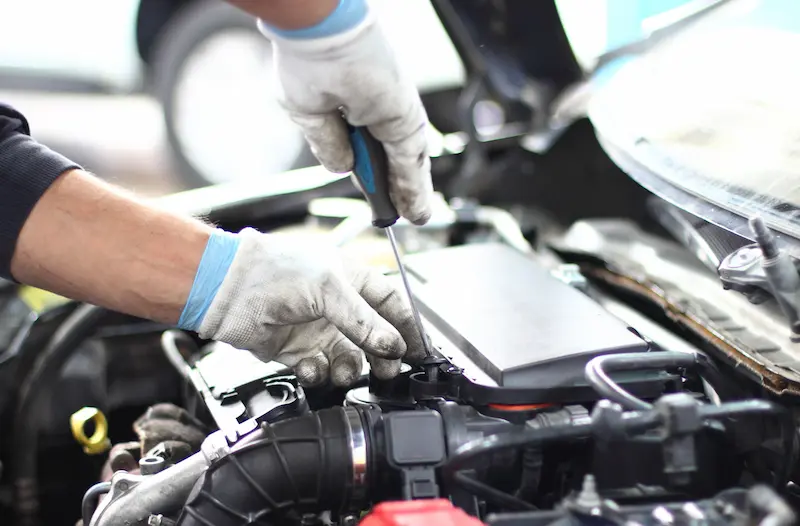
The reason wiping the unit of its memory helps in some cases is because a sensor could be reporting false information to the ECU. The false data could cause the check engine light to turn on.
What is an ECU?
The ECU is also known as the electronic control unit. What is the computer system that controls and regulates all of the vehicle’s electronic parts and components? The ECU controls the fuel injectors, the spark plugs, and the air-conditioning, and it gets all of its power from the battery.
The ECU has to regulate the power required from the battery and also from the engine. The ECU regulation of multiple devices makes it easier on the sensors as well as the computer system and the engine to monitor, distribute, and reroute power.
For example, let’s say that the driver is using the air conditioner, radio, and video screen headsets in the backseat, and they are making a phone call through their car’s system, all of these services require power.
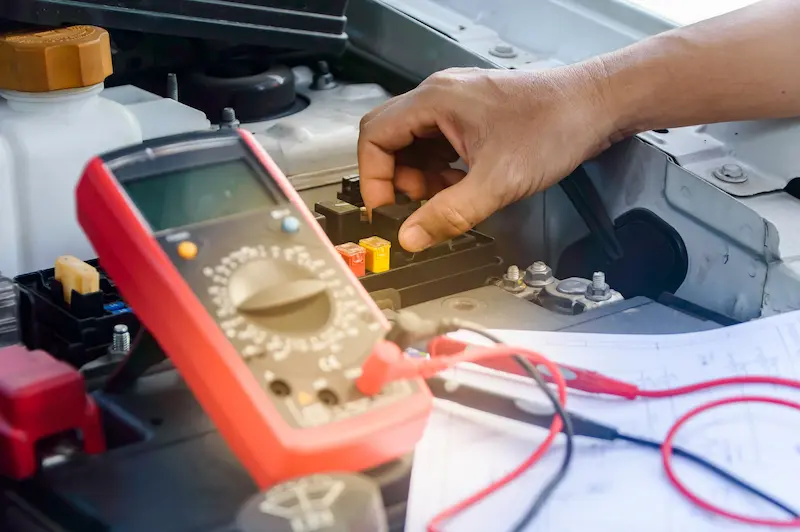
It is the ECU that commands the power for each one of these devices. As the driver uses the air conditioner, it not only monitors the temperature of the air coming out of the vents but also monitors the temperature in the cabin.
When making a phone call through the vehicle system, it has to power the microphone, the internet receiver, and the call assistant.
In addition to these tasks, the ECU also regulates the temperature of the engine and monitors the air pressure in the tires. The ECU does all of this through a network of sensors placed all throughout the vehicle.
When does an ECU need to be replaced?
Sometimes, but not often, the electronic control unit of a vehicle no longer works as well as it should. Instead of getting it repaired, most manufacturers recommend replacing it completely.
While the cost of a brand new electronic control unit can be expensive, the labor required to replace the old unit with the new unit will be relatively cheap.
On average, an electronic control unit can cost anywhere from $400 to $1,400. But the $1,400 electronic control units tend to be in luxury cars.
The cost of labor to replace an ECU is around $250, give or take $50.
Conclusion
Disconnecting the ECU requires you to find your vehicle’s battery and disconnect the negative terminal from the battery for 15-25 minutes. Resetting the ECU will clear the short-term and long-term memory out of the computer system.
If resetting the ECU fixes the issue, then that means the issue is most likely from faulty information from a sensor. If you need to replace the ECU, it may cost around $400 to $1,400 and the cost of a mechanic’s labor to replace the ECU will be about $250.

